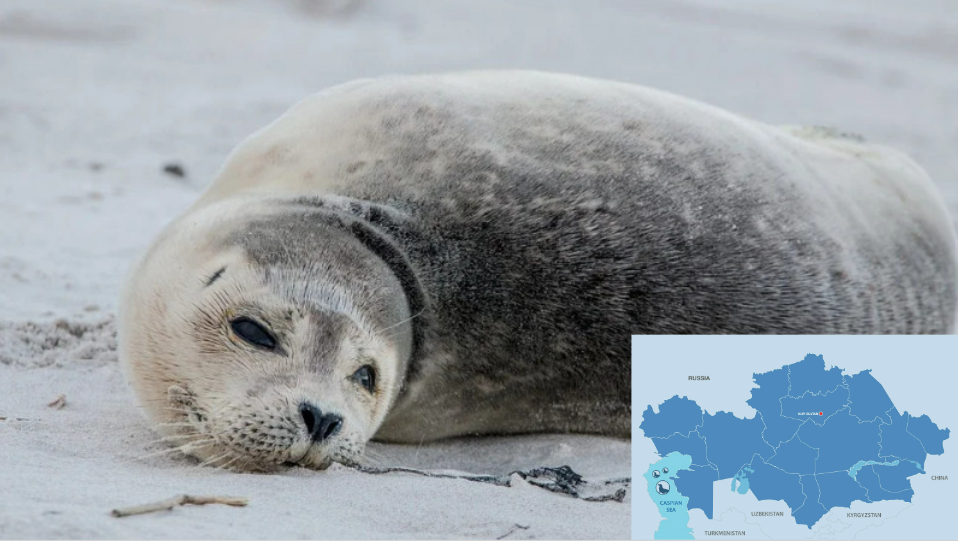ASTANA – The reduction in the seal population has become particularly acute this spring and became a matter of concern to both society and the state. It all started with news about dozens of dead seals found on the coast of Kazakhstan’s part of the Caspian Sea, which stirred up social media users in April this year.
Kazakh President Kassym-Jomart Tokayev addressed the disastrous situation of Caspian seals, emphasizing that their periodical deaths are cause for serious concern, during the sixth Caspian Summit on June 29 in Ashgabat.
The Astana Times spoke with Assel Baimukanova, a specialist at the Kazakh Institute for Hydrobiology and Ecology, to determine the reasons for the animals’ plight, whether the decline in the population can be called “mass mortality,” and what initiatives can be taken to preserve the seal population.
It should be noted that the Caspian seal is the only mammal in the sea’s fauna ecosystem, which migrates throughout the sea and is a transboundary bioresource.
At present, the total population of seals in the Caspian Sea is approximately 400,000 species. The animal has been included in the Kazakh Red Book’s List of rare and endangered species since 2020. It is also listed in the Red Book of Russia, Turkmenistan, Iran, and Azerbaijan, which share the sea with Kazakhstan.
Was it really a mass death of seals this spring and what are the reasons for this phenomenon?
According to the press service of the Kazakh Ministry of Ecology, Geology and Natural Resources, since the beginning of 2022, 222 dead seals have been found on the Kazakh coast of the Caspian Sea. On April 20-24, the wind brought bodies of 94 seals, which must have died a few months earlier, therefore this case can not be considered a mass mortality among the animals.
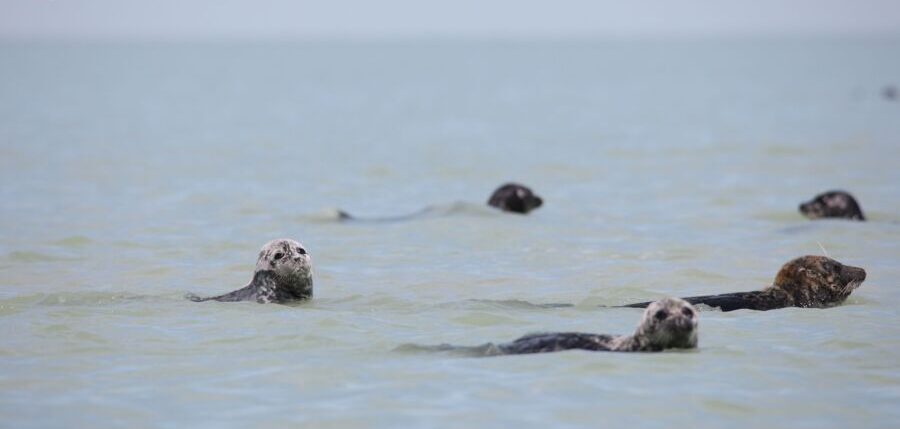
The Caspian seal found convenient habitats in Kazakhstan and we bear great responsibility for preservation of animals, according to Baimukanova. Photo credit: Assel Baimukanova
The Institute for Hydrobiology and Ecology and the Microbiology and Virology Research Center specialists, who were investigating the causes of the death, were unable to take tissue samples as all the carcasses of seals were found in a state of severe decomposition.
According to scientists, newborn seals could have died because of depletion and freezing, while adult individuals seem to have been caught in fishing nets, while yet other seals fell under the propellers of plying vessels.
“It is difficult to say that their death was en mass, because seals most likely died at different times. When we started to examine animal mortality, we noticed that seals were at different stages of decay. We were only able to do a mechanical examination of the corpses, and we took fangs for age analysis. After examining 67 individuals we realized that 25 percent of them were mechanically damaged,” said Baimukanova, recalling the results of the past expedition.
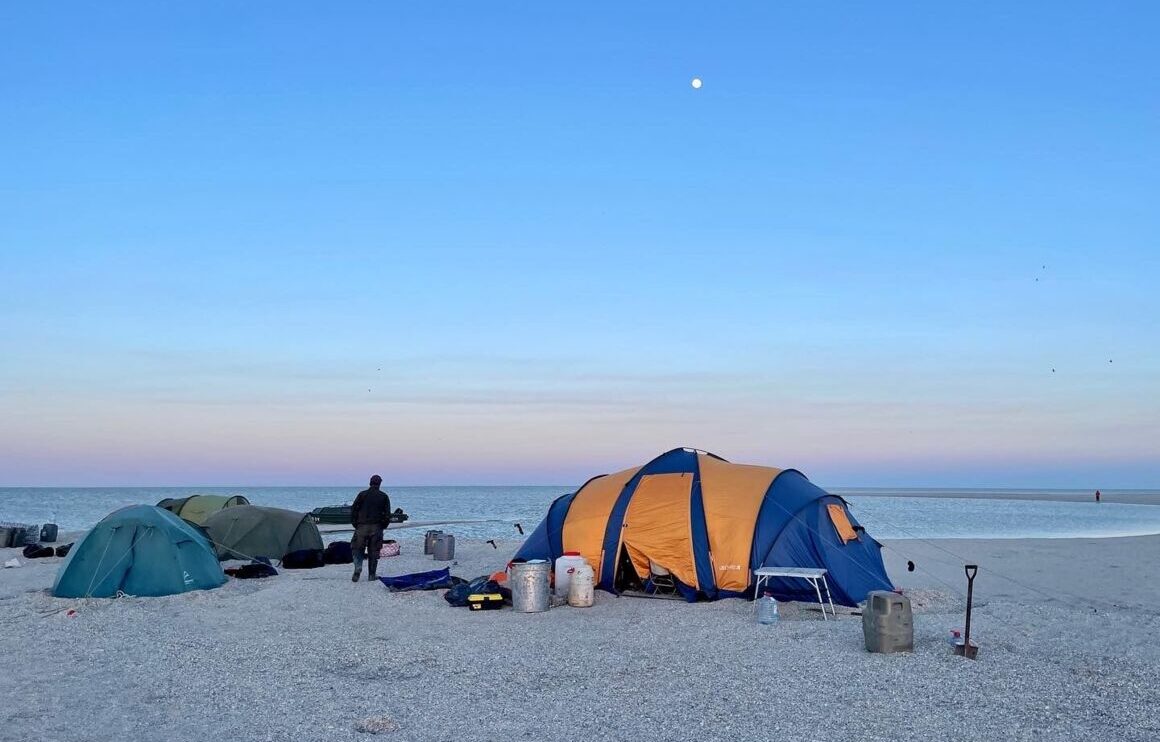
One of the expeditions, in which Bailumakova participated. Photo credit: Vlast.kz
What are the known threats to the animals?
The ministry highlighted three main threats to the seal population. Climate change has been causing frequent extremely warm winters and reduced ice cover in the northern part of the Caspian Sea in recent years. This creates unfavorable conditions for seal reproduction as they breed on the ice.
The icebreakers pass through the ice sheet to serve oil and gas fields, which is another unfavorable anthropogenic factor during the breeding season of seals. As a result of the destruction of the ice cover, pairs of mother and cub are often broken, which can lead to the death of babies. There is also a high risk for adult seals when they fall under the screws of icebreakers.
Another threat to animals is pollution of the Caspian Sea. Increased toxicity of the environment can lead not only to direct cases of mortality, but also to “slow death.” Toxic emissions accumulate in seals’ bodies, so they lose immunity and become susceptible to various diseases, and die.
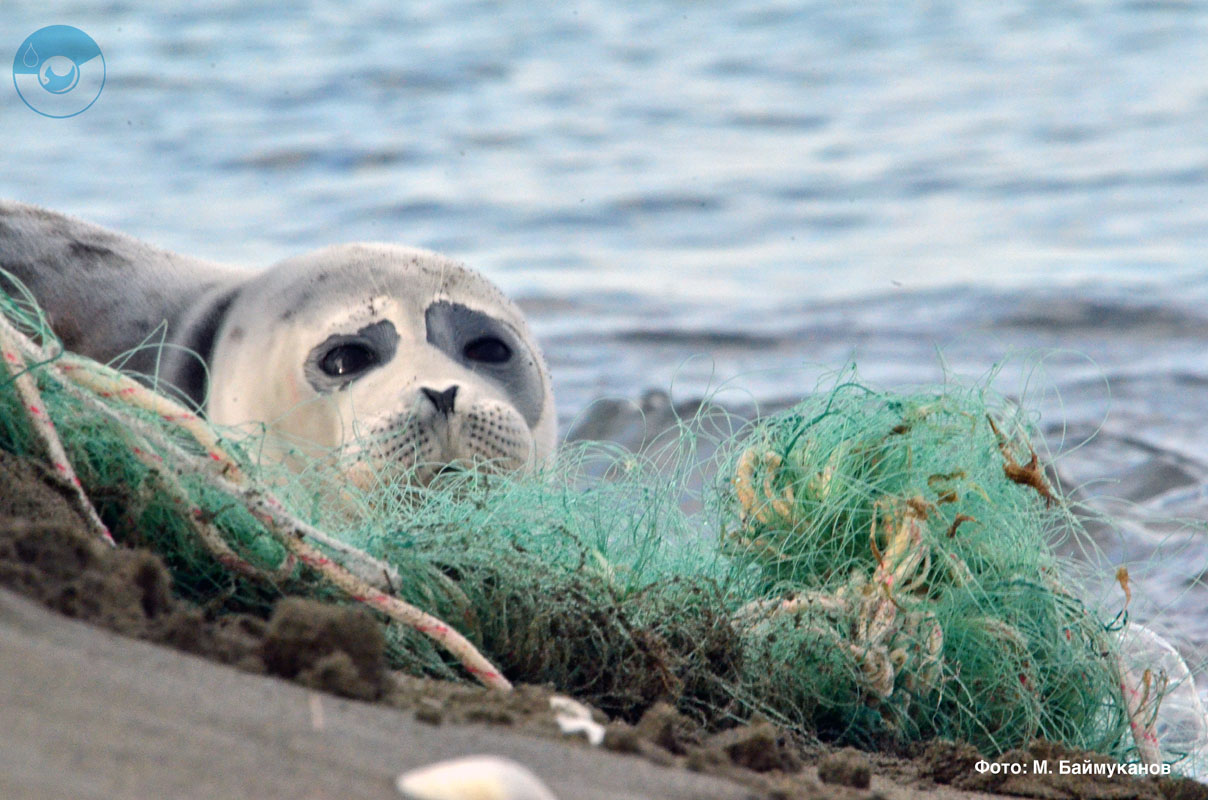
Research shows that seals have ceased to inhabit island of Malyi Rybachiy and Kendirli Islands in recent years due to some anthropogenic impacts, especially shipping, fishing and uncontrolled human visits. Photo credit: M. Baimukanov
State plans to preserve the population of the Caspian seal
The ministry reported that the head of state instructed the government to study the possibility of creating specially protected natural territories in the Northern Caspian Sea to preserve the Caspian seal population and protect their habitats and breeding areas in September 2021.
To date, the authorities are examining boundaries, the protection regime, and use of nature reserves for the conservation of the Caspian seal population as a part of the project, which is planned to be completed in 2023. Later, the authorities will carry a feasibility study to uncover the potential and practicality of the proposed plan.
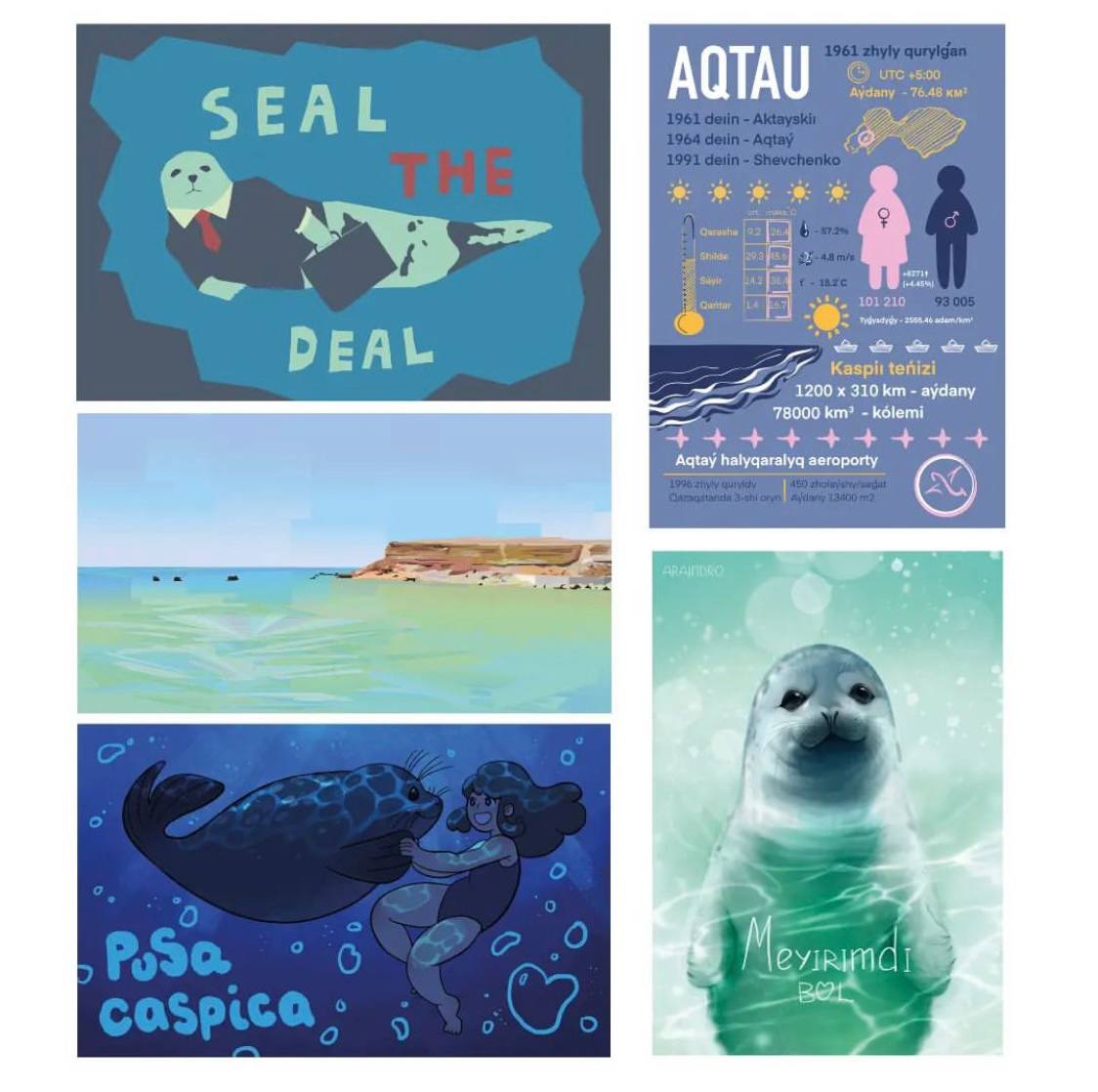
Diana Akual, illustrator, creates postcards and posters with her colleague as a part of the project, which aims to help Kazakh Institute for Hydrobiology and Ecology carry out scientific research on Caspian seal. Photo credit: Diana Akual’s Instagram account
Commenting on this initiative, Baimukanova noted that the creation of a national nature reserve is very important as ecologists hope that the places, which seals inhabit, will become protected by the state.
“We recommend establishing rehabilitation centers in the area of nature reserve because we find seals being entangled in fishing nets. We let some seals go and we also fail to save others,” Baimukanova said.
Proposals for preserving the population from Assel Baimukanova
In response to the question of what other measures can be taken to preserve the population, Baimukanova said that the government needs to introduce shipping restrictions, clear the sea of fishing nets, educate people and tell them that seals are not competitors because they do not feed on fish eaten by people.
“We also need to carry out research because we know little about the number of animals. And secondly, seals often can not find suitable habitats due to the regression of the Caspian Sea, and we need to learn how seals adapt to changes in their natural habitats,” ecologist said.



